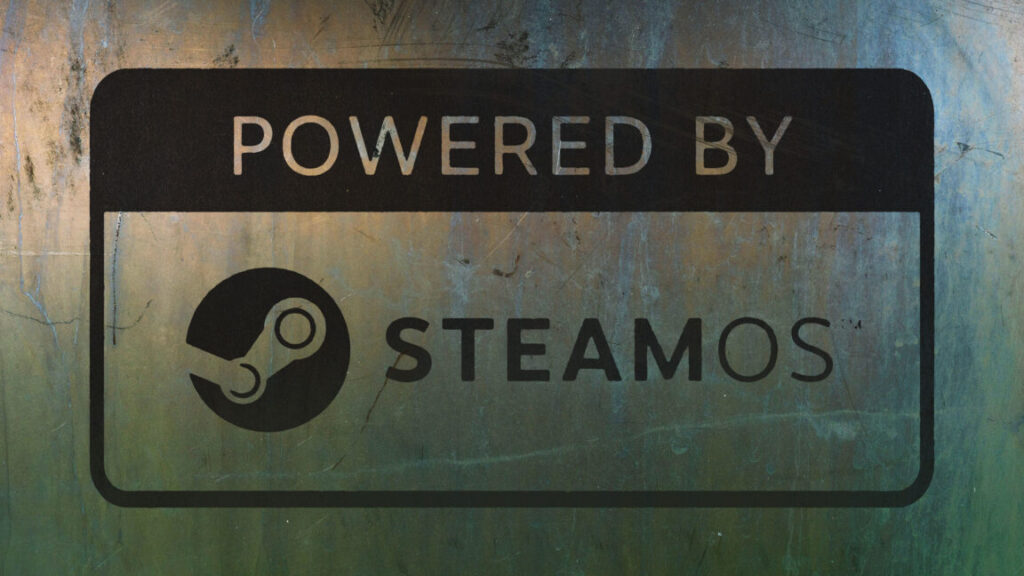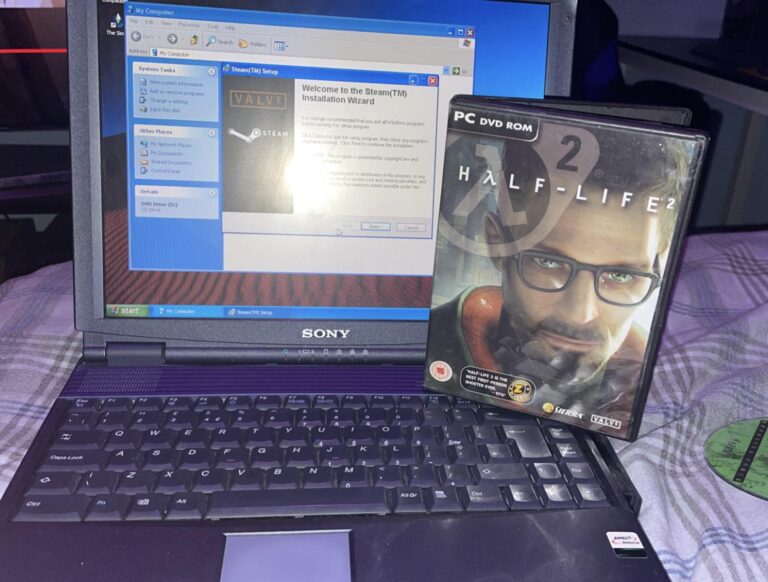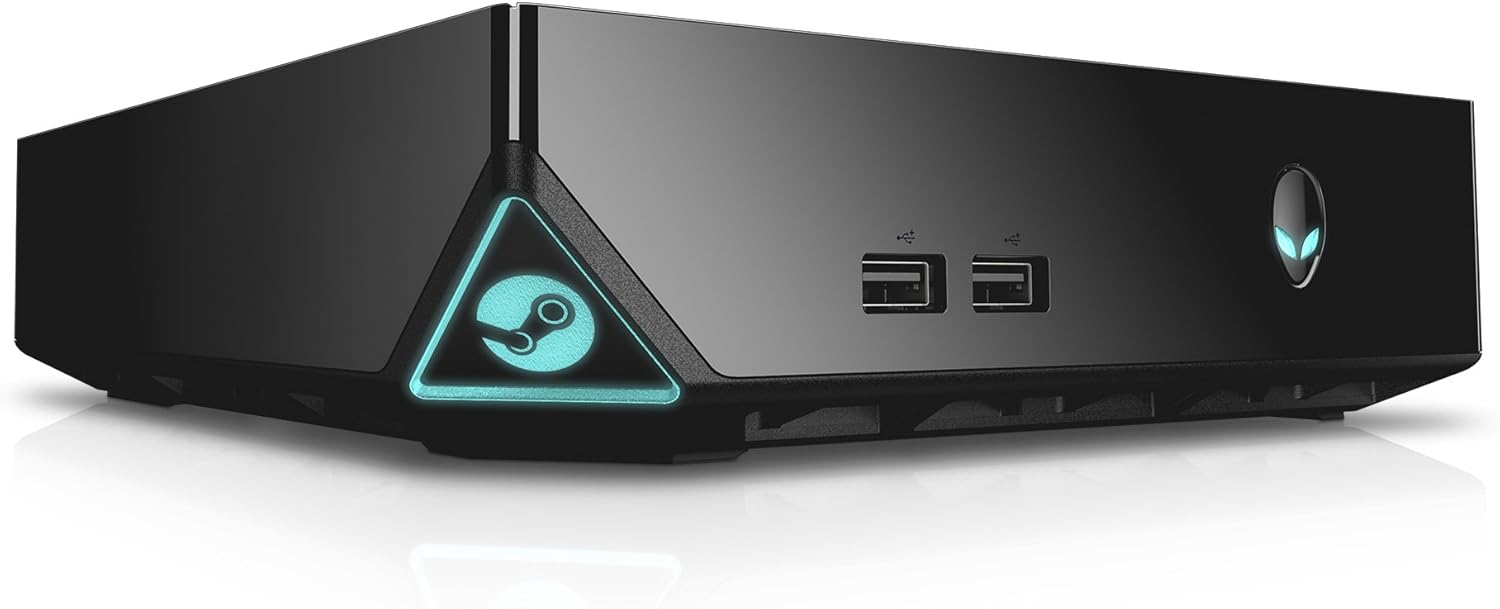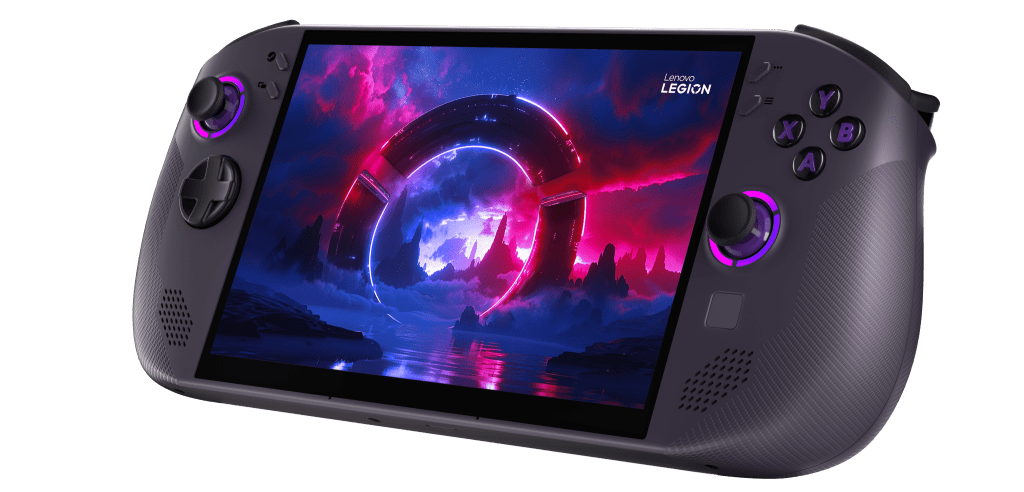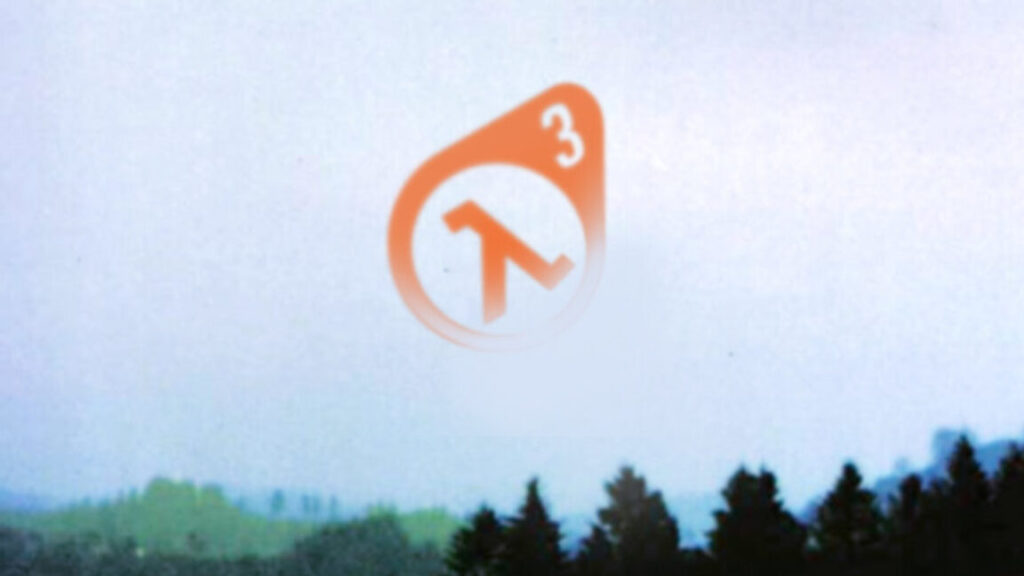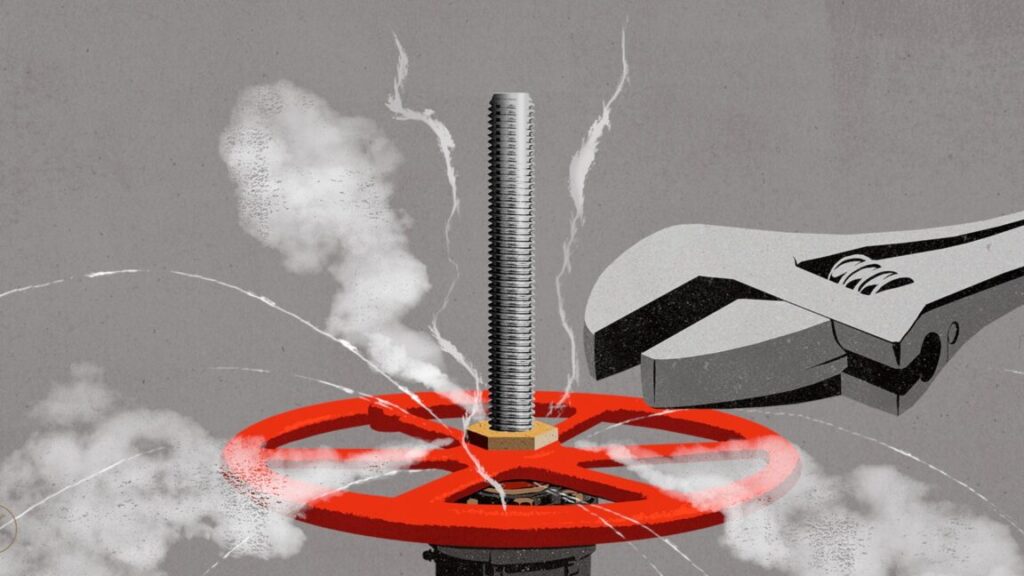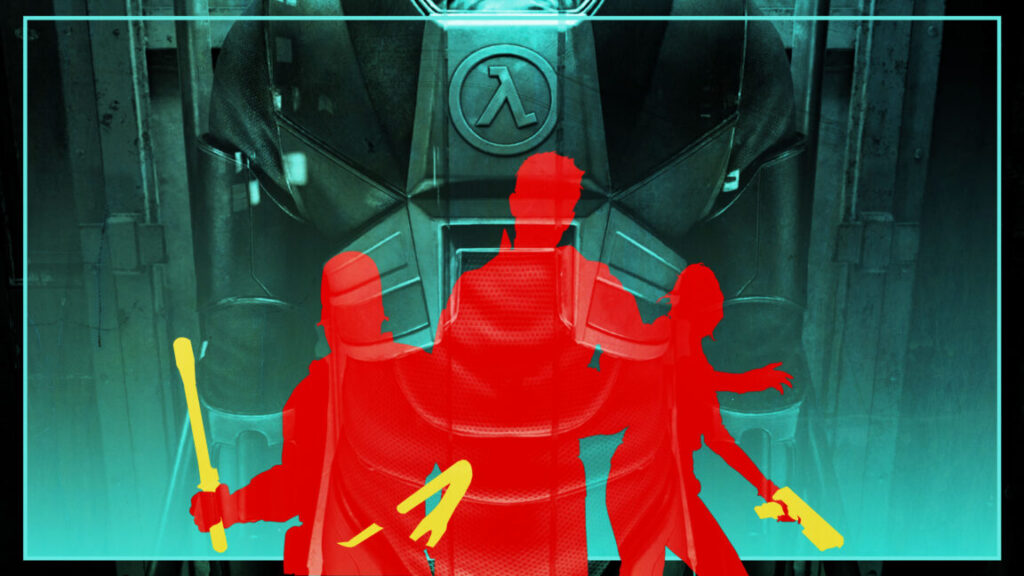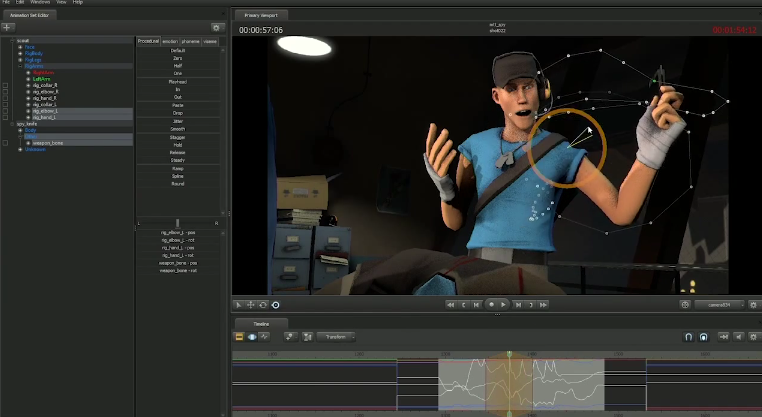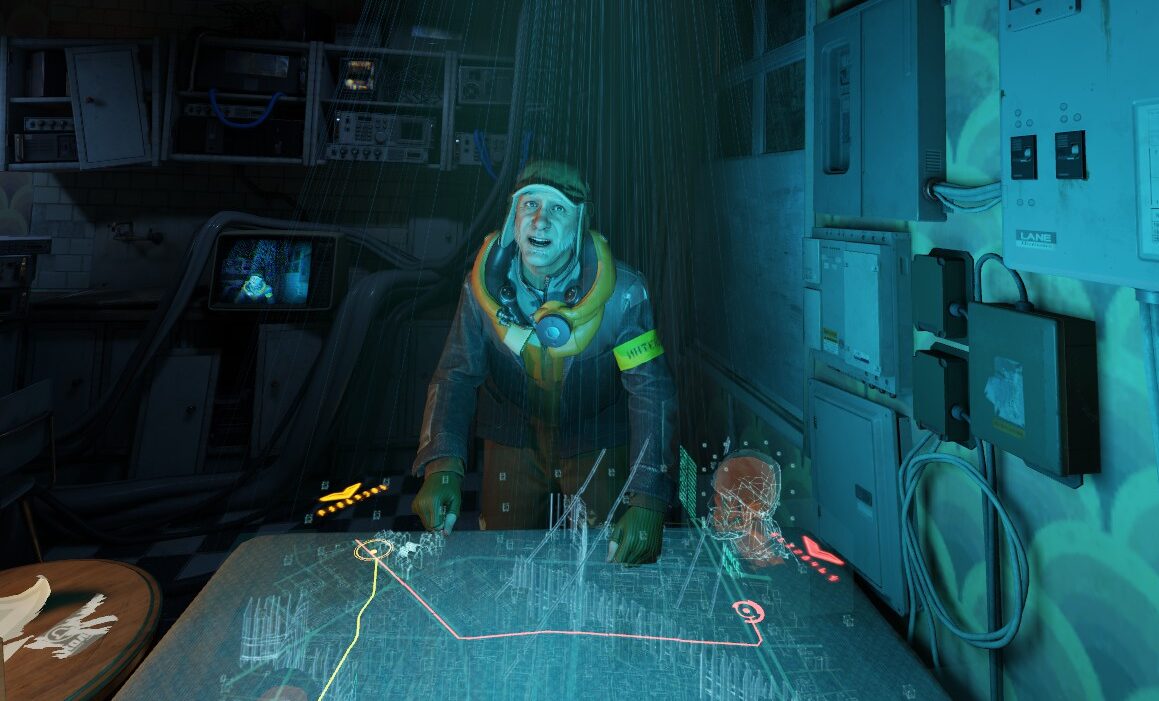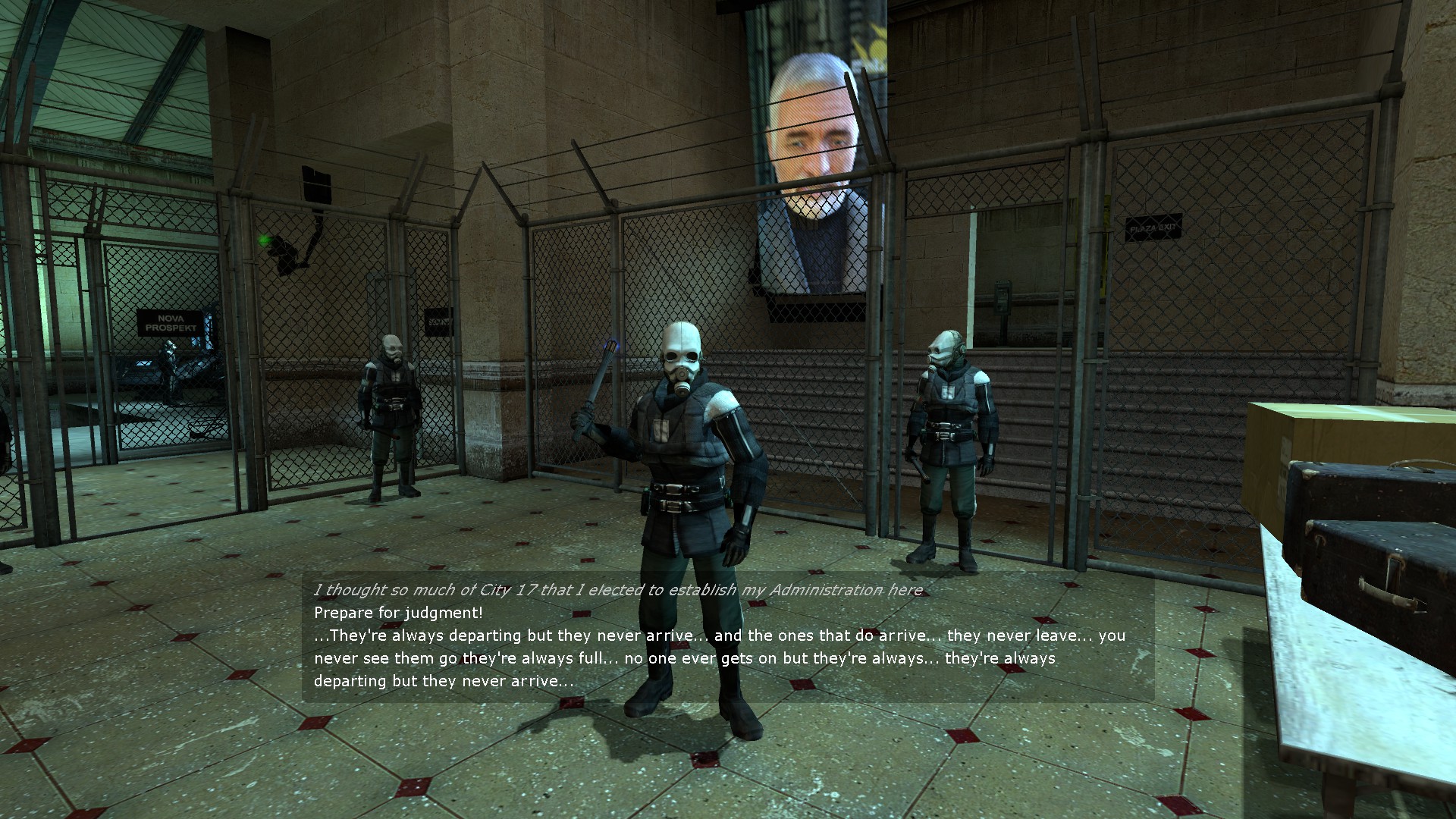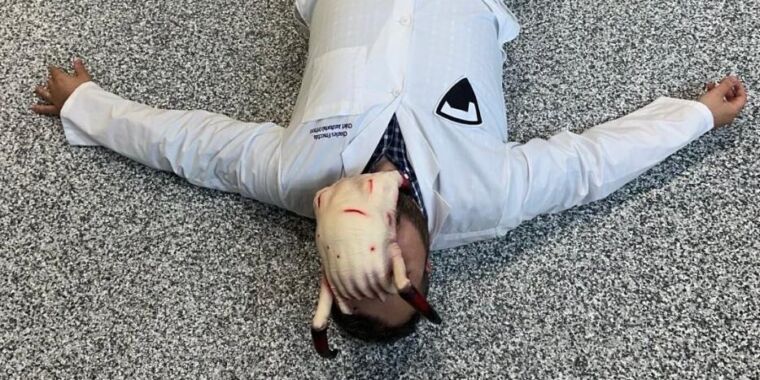Half-Life 3 is just the hot exclusive Valve needs to propel SteamOS past Windows
The ultimate system seller
Opinion: Just as Half-Life 2 helped launch Steam, a sequel could help establish non-Windows PC gaming.
We found this logo hidden deep in an abandoned steel forge, Credit: Aurich Lawson | Steam
A little over 20 years ago, Valve was getting ready to release a new Half-Life game. At the same time, the company was trying to push Steam as a new option for players to download and update games over the Internet.
Requiring Steam in order to play Half-Life 2 led to plenty of grumbling from players in 2004. But the high-profile Steam exclusive helped build an instant user base for Valve’s fresh distribution system, setting it on a path to eventually become the unquestioned leader in the space. The link between the new game and the new platform helped promote a bold alternative to the retail game sales and distribution systems that had dominated PC gaming for decades.
Remember DVD-ROMs? Credit: Reddit
Today, all indications suggest that Valve is getting ready to release a new Half-Life game. At the same time, the company is getting ready to push SteamOS as a new option for third-party hardware makers and individual users to “download and test themselves.”
Requiring SteamOS to play Half-Life 3 would definitely lead to a lot of grumbling from players. But the high-profile exclusive could help build an instant user base for Valve’s fresh operating system, perhaps setting it on the path to become the unquestioned leader in the space. A link between the new game and the new platform could help promote a bold alternative to the Windows-based systems that have dominated PC gaming for decades.
Not another Steam Machine
Getting players to change the established platform they use to buy and play games (either in terms of hardware or software) usually requires some sort of instantly apparent benefit for the player. Those benefits can range from the tangible (e.g., an improved controller, better graphics performance) to the ancillary (e.g., social features, achievements) to the downright weird (e.g., a second screen on a portable). Often, though, a core reason why players switch platforms is for access to exclusive “system seller” games that aren’t available any other way.
Half-Life 2‘s role in popularizing early Steam shows just how much a highly anticipated exclusive can convince otherwise reluctant players to invest time and effort in a new platform. To see what can happen without such an exclusive, we only need to look to Valve’s 2015 launch of the Steam Machine hardware line, powered by the first version of the Linux-based SteamOS.
Valve offered players very little in the way of affirmative reasons to switch to a SteamOS-powered Steam Machine in 2015. Credit: Alienware
At the time, Valve was selling SteamOS mainly as an alternative to a new Windows 8 environment that Valve co-founder Gabe Newell saw as a “catastrophe” in the making for the PC gaming world. Newell described SteamOS as a “hedging strategy” against Microsoft’s potential ability to force all Windows 8 app distribution through the Windows Store, a la Apple’s total control of iPhone app distribution.
When Microsoft failed to impose that kind of hegemonic control over Windows apps and games, Valve was left with little else to convince players that it was worth buying a Windows-free Steam Machine (or going through the onerous process of installing the original SteamOS on their gaming rigs). Sure, using SteamOS meant saving a few bucks on a Windows license. But it also meant being stuck with an extremely limited library of Linux ports (especially when it came to releases from major publishers) and poor technical performance compared to Windows even when those ports were available.
Given those obvious downsides—and the lack of any obvious upsides—it’s no wonder that users overwhelmingly ignored SteamOS and Steam Machines at the time. But as we argued way back in 2013, a major exclusive on the scale of Half-Life 3 could have convinced a lot of gamers to overlook at least some of those downsides and give the new platform a chance.
A little push
Fast forward to today, and the modern version of SteamOS is in a much better place than the Steam Machine-era version ever was. That’s thanks in large part to Valve’s consistent work on the Proton compatibility layer, which lets the Linux-based SteamOS run almost any game that’s designed for Windows (with only a few major exceptions). That wide compatibility has been a huge boon for the Steam Deck, which offered many players easy handheld access to vast swathes of PC gaming for the first time. The Steam Deck also showed off SteamOS’s major user interface and user experience benefits over clunkier Windows-based gaming portables.
The Steam Deck served as an excellent proof of concept for the viability of SteamOS hardware with the gaming masses. Credit: Kyle Orland
Still, the benefits of switching from Windows to SteamOS might seem a bit amorphous to many players today. If Valve is really interested in pushing its OS as an alternative to Windows gaming, a big exclusive game is just the thing to convince a critical mass of players to make the leap. And when it comes to massive PC gaming exclusives, it doesn’t get much bigger than the long, long-awaited Half-Life 3.
We know it might sound ludicrous to suggest that Valve’s biggest game in years should ignore the Windows platform that’s been used by practically every PC gamer for decades. Keep in mind, though, that there would be nothing stopping existing Windows gamers from downloading and installing a free copy of the Linux-based SteamOS (likely on a separate drive or partition) to get access to Half-Life 3.
Yes, installing a new operating system (especially one based on Linux) is not exactly a plug-and-play process. But Valve has a long history of streamlining game downloads, updates, and driver installations through Steam itself. If anyone can make the process of setting up a new OS relatively seamless, it’s Valve.
And let’s not forget that millions of gamers already have easy access to SteamOS through Steam Deck hardware. Those aging Steam Decks might not be powerful enough to run a game like Half-Life 3 at maximum graphics settings, but Valve games have a history of scaling down well on low-end systems.
Valve’s leaked “Powered by SteamOS” initiative also seems poised to let third-party hardware makers jump in with more powerful (and more Half-Life 3-capable) desktops, laptops, and handhelds with SteamOS pre-installed. And that’s before we even consider the potential impact of a more powerful “Steam Deck 2,” which Valve’s Pierre-Loup Griffais said in 2023 could potentially come in “the next couple of years.”
Time for a bold move
Tying a major game like Half-Life 3 to a completely new and largely untested operating system would surely lead to some deafening pushback from gamers happy with the Windows-based status quo. An exclusive release could also be risky if SteamOS ends up showing some technical problems as it tries to grow past its Steam Deck roots (Linux doesn’t exactly have the best track record when it comes to things like game driver compatibility across different hardware).
The Lenovo Legion Go S will be the first non-Valve hardware to be officially “Powered by SteamOS.” A Windows-sporting version will be more expensive Credit: Lenovo
Despite all that, we’re pretty confident that the vast majority of players interested in Half-Life 3 would jump through a few OS-related hoops to get access to the game. And many of those players would likely stick with Valve’s gaming-optimized OS going forward rather than spending money on another Windows license.
Even a timed exclusivity window for Half-Life 3 on SteamOS could push a lot of early adopters to see what all the fuss is about without excluding those who refuse to switch away from Windows. Failing even that, maybe a non-exclusive Half-Life 3 could be included as a pre-installed freebie with future versions of SteamOS, as an incentive for the curious to try out a new operating system.
With the coming wide release of SteamOS, Valve has a rare opportunity to upend the PC gaming OS dominance that Microsoft more or less stumbled into decades ago. A game like Half-Life 3 could be just the carrot needed to get PC gaming as a whole over its longstanding Windows dependence.
Kyle Orland has been the Senior Gaming Editor at Ars Technica since 2012, writing primarily about the business, tech, and culture behind video games. He has journalism and computer science degrees from University of Maryland. He once wrote a whole book about Minesweeper.
Half-Life 3 is just the hot exclusive Valve needs to propel SteamOS past Windows Read More »
